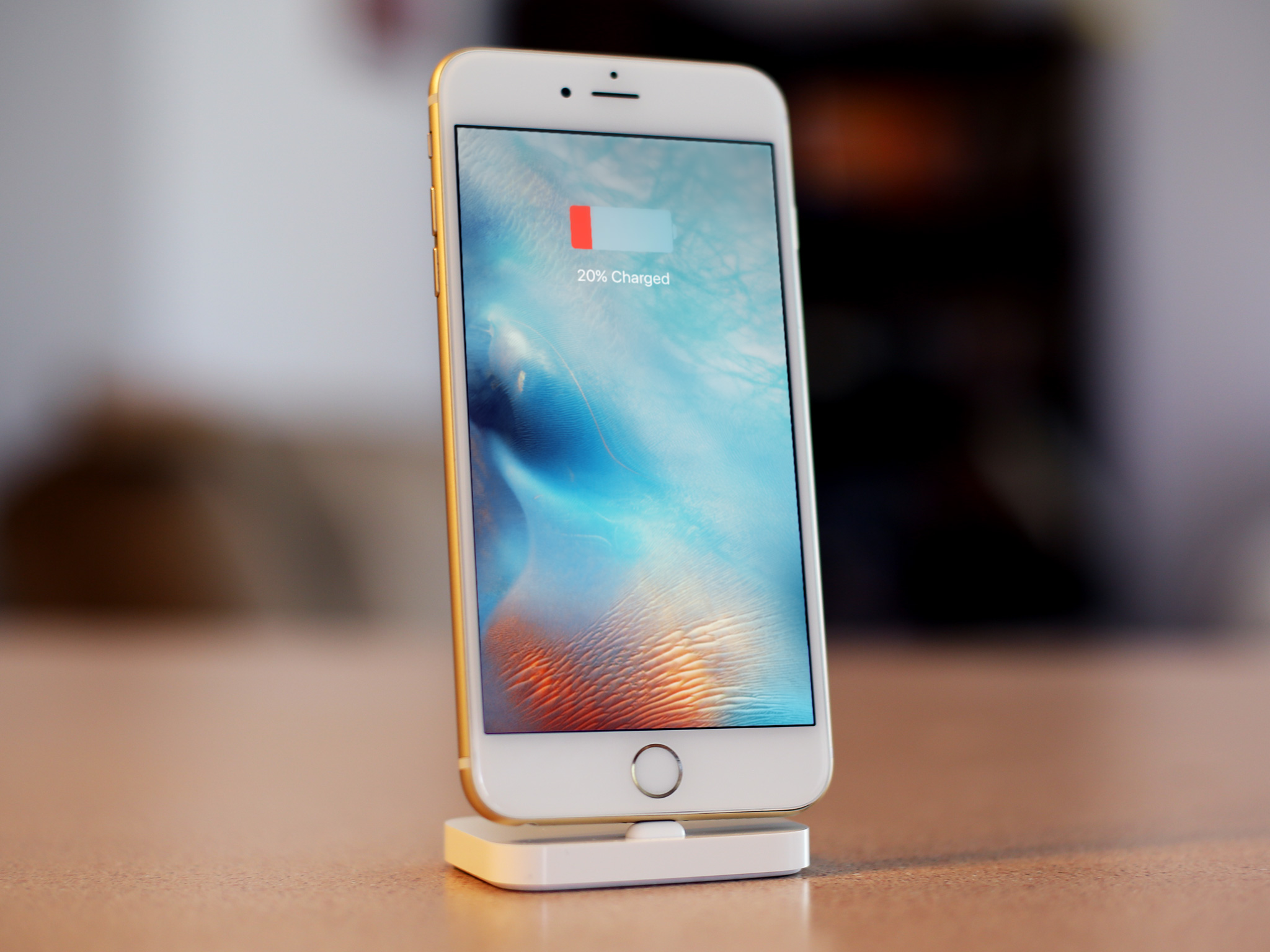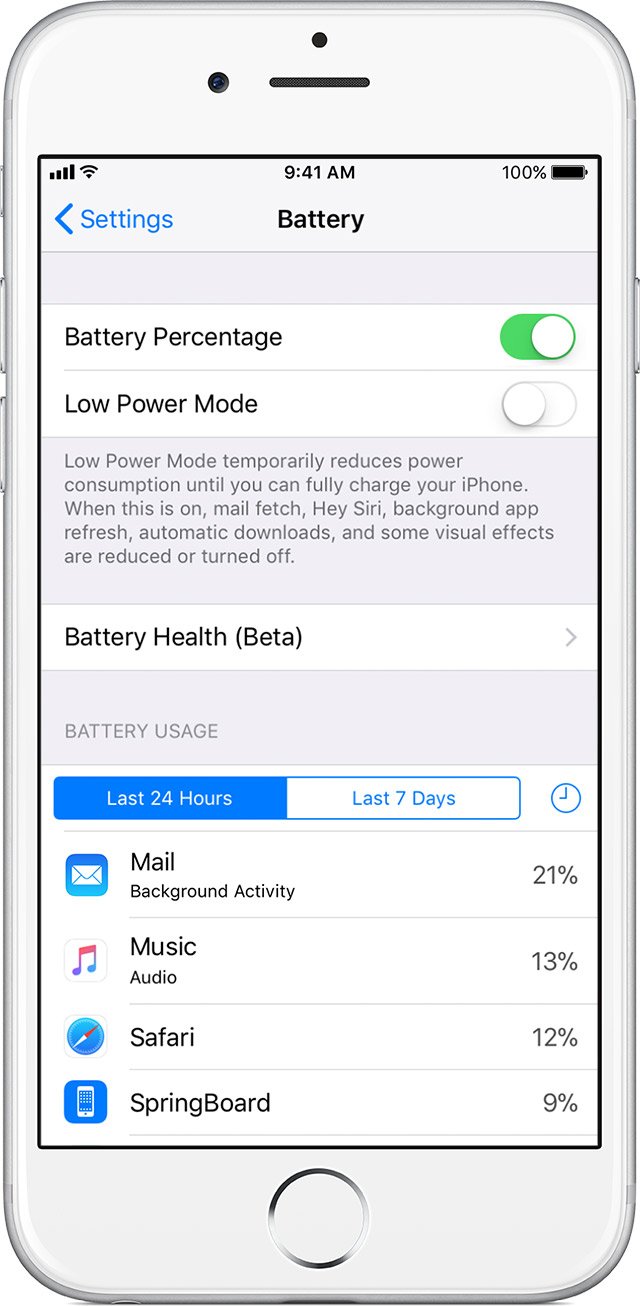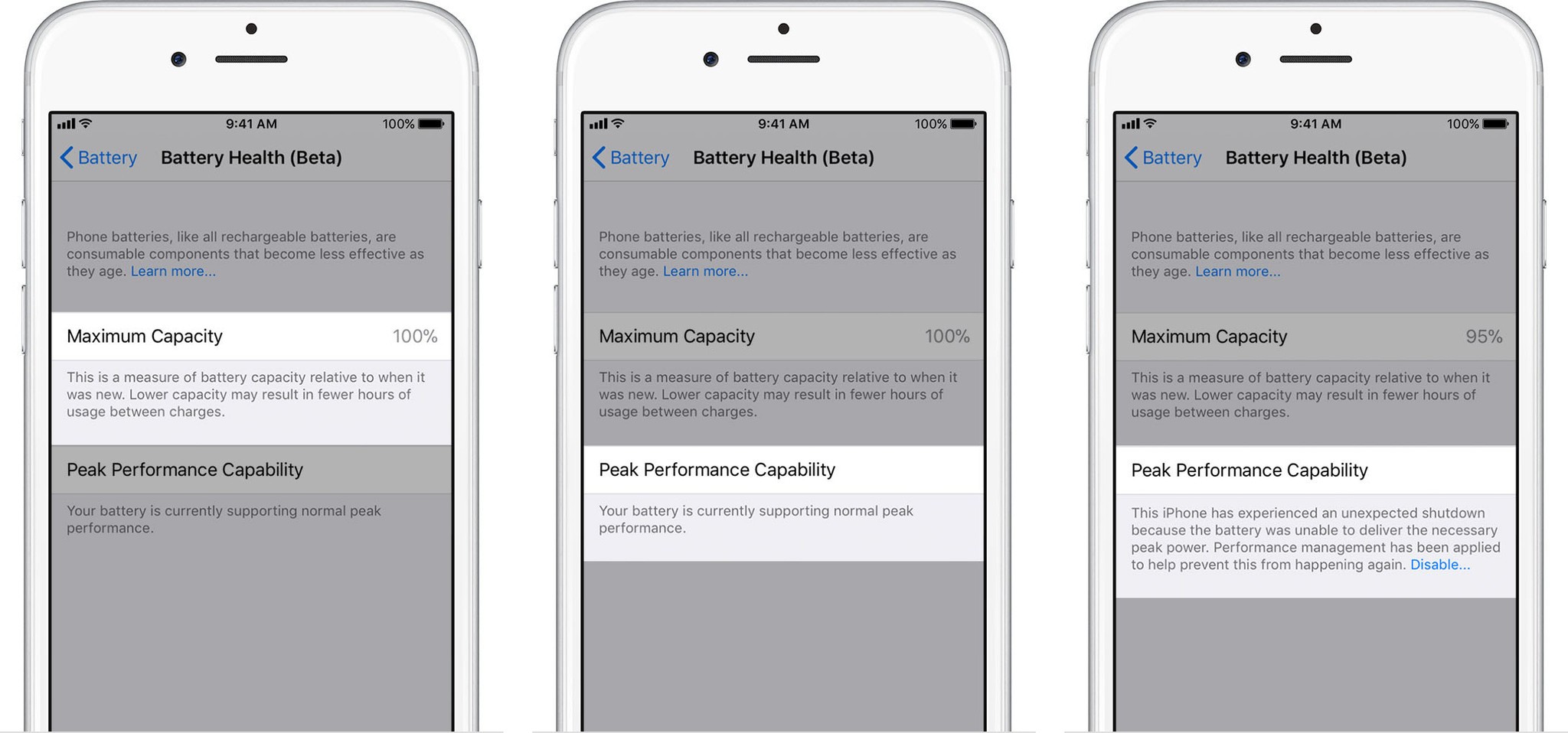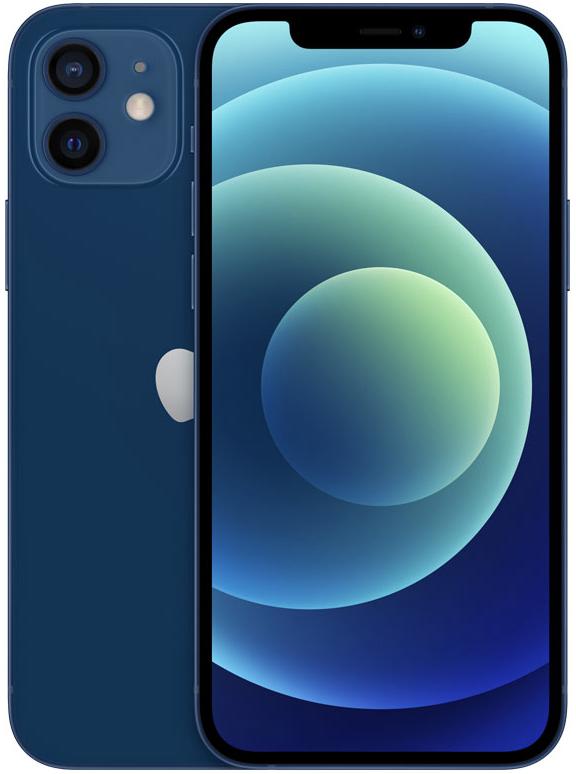How to use Battery Health in iOS 11.3 to monitor and control power throttling

In the wake of negative reaction to iPhone advanced power management — the system that slowed down older iPhones with degraded batteries to prevent shutdowns — Apple is including a new Battery Health feature in iOS 11.3. Currently in beta, the feature is built into Settings > Battery, and provides information on current maximum capacity and peak performance capability.
It will also inform you if your iPhone is being slowed down, whether it needs service, and even allows you to turn off advanced power management — now called performance management — if you so choose.
Why is this battery feature in beta?
Apple is presumably still working out the kinks and messaging for batteries at various levels. We should see it come out of beta as the company is able to run it on more devices.
Okay, so what is performance management?

If your iPhone SE, iPhone 6, iPhone 6s, or iPhone 7 had previously been slowed down to prevent power surges and unexpected shutdowns, iOS 11.3 will restore it to its previous, unmanaged performance levels. The system's performance management will only restart if you experience an unexpected shutdown; until then, it's a clean slate.
What's more, from Apple:
iOS 11.3 improves this performance management feature by periodically assessing the level of performance management necessary to avoid unexpected shutdowns. If the battery health is able to support the observed peak power requirements, the amount of performance management will be lowered. If an unexpected shutdown occurs again, then performance management will increase. This assessment is ongoing, allowing more adaptive performance management.
What is my battery's maximum capacity, anyway?
Here's how Apple defines maximum (battery) capacity:
Maximum battery capacity measures the device battery capacity relative to when it was new. Batteries will start at 100% when first activated and will have lower capacity as the battery chemically ages which may result in fewer hours of usage between charges.A normal battery is designed to retain up to 80% of its original capacity at 500 complete charge cycles when operating under normal conditions. The one-year warranty includes service coverage for a defective battery. If it is out of warranty, Apple offers battery service for a charge
How does Apple define "peak performance capability"?
Peak performance capability is the ability of your iPhone's battery to supply adequate charge even in the face of highly demanding tasks, up to and including those that cause power spikes.
iMore offers spot-on advice and guidance from our team of experts, with decades of Apple device experience to lean on. Learn more with iMore!
Apple shows the following messages in Battery Health, depending on your iPhone's capability to handle apps at peak performance:
- 100%: Your battery is currently supporting normal peak performance.
- 95%: This iPhone has experienced an unexpected shutdown because the battery was unable to deliver the necessary peak power. Performance management has been applied to help prevent this from happening again. Disable…
- 79% or less: Your battery's health is significantly degraded. An Apple Authorized Service Provider can replace the battery to restore full performance and capacity. More about service options…
- Unknown: This iPhone is unable to determine battery health. An Apple Authorized Service Provider can service the battery. More about service options…
If you disable performance management, you'll see the following message:
This iPhone has experienced an unexpected shutdown because the battery was unable to deliver the necessary peak power. You have manually disabled performance management protections.


Can you completely disable performance management if you don't want your iPhone's power throttled?
Yes and no. Performance management has never been completely about batteries: Every processor is throttled to protect against heat, for example. That kind of performance management can't be disabled — it would literally allow your iPhone to fry.
That said, you can disable all battery-related performance management (the feature Apple introduced with iOS 10.3.1 to slow down older iPhone models).
If you disable performance management for battery health, will it stay disabled?
It stays disabled unless and until you suffer an unexpected shutdown due to a power spike your battery can't handle. You can disable it again after that, but it will automatically re-enable every time you experience that kind of shutdown.
Is it dangerous to disable performance management?
Not to yourself or your home: The battery is stable and doesn't pose any unusual safety risks. (It won't explode or catch on fire.)
But if your iPhone shuts down when you really need it — placing an urgent call, sending an urgent message, or looking up critical information or directions – it could prove highly inconvenient.
Does Apple's performance management feature affect either the iPhone 8 or iPhone X line?
Not according to Apple:
iPhone 8, iPhone 8 Plus, and iPhone X models use a more advanced hardware and software design that provides a more accurate estimation of both power needs and the battery's power capability to maximize overall system performance. This allows a different performance management system that more precisely allows iOS to anticipate and avoid an unexpected shutdown. As a result, the impacts of performance management may be less noticeable on iPhone 8, iPhone 8 Plus, and iPhone X. Over time, the rechargeable batteries in all iPhone models will diminish in their capacity and peak performance and will eventually need to be replaced.
What about iPads?
iPad batteries are so large that, apparently, power spikes can't cause shutdowns even when they are well past their primes.
Any iOS 11.3 battery health questions?
Let us know in the comments.
Serenity was formerly the Managing Editor at iMore, and now works for Apple. She's been talking, writing about, and tinkering with Apple products since she was old enough to double-click. In her spare time, she sketches, sings, and in her secret superhero life, plays roller derby. Follow her on Twitter @settern.


